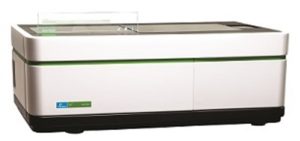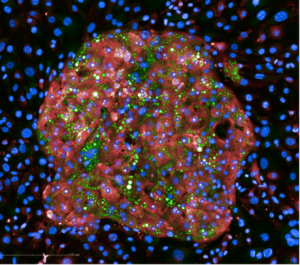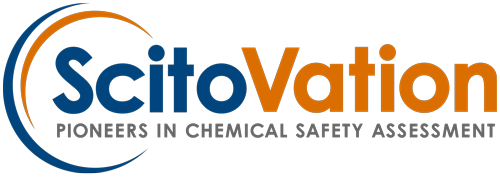Microscopy is a technique for capturing images of tiny objects, and it is an invaluable tool for investigating cells and tissues and their molecular constituents. Microscopy is particularly well-suited for assessment of cell, tissue, or organelle morphology; determination of macromolecule expression level, subcellular localization, translocation, or co-localization; and the measurement of cellular heterogeneity or the identification and study of cellular sub-populations. The trouble with conventional microscopy is that it is a low-throughput manual process, and the analysis of images has historically been highly subjective and non-quantitative. To solve this challenge, we use high content imaging (HCI).
What is High Content Imaging (HCI)?
HCI is a convergence of technologies that makes microscopy efficient, objective, quantitative, and high throughput. It is the application of robotics, quantitative digital image analysis, and modern data analysis techniques to light and fluorescence microscopy that enables rapid and automated imaging of hundreds of samples, algorithmic segmentation of thousands of single cells or organelles from the images, and the computerized calculation of dozens of datapoints per cell.
High content imaging can be used to screen for non-toxic compounds or effective drug candidates. Potency can be determined by assessing toxicity point of departure or pharmaceutical effectiveness. High content imaging can also help determine a mechanism of action for hazard ID and drug classification. All these can be obtained with a high throughput, automated process.

Advantages of HCI assays:
HCI assays offer several advantages including:
- High throughput: assays are often performed in 384-well microplate formats, and many plates may be produced in parallel.
- Multiplexable: multiple dyes can be simultaneously applied, and many distinct measurements of intensity, morphology, localization, and texture applied to each dye, to reveal numerous aspects of biological response.
- Affordable: reagent and labor costs are often lower than many other assay technologies.
- Verifiable: quantitative results can be backed up by visual inspection of the original images.
Applications of HCI to Chemical and Drug Safety and Efficacy Studies
HCI assays can support chemical safety testing or drug development at multiple levels, including:
- Screening:
- Hazard identification
- Prioritization of non-toxic chemicals or efficacious pharmaceuticals
- Dose-response analysis:
- Point of departure determination for chemical or pharmaceutical toxicity
- EC50 determination for pharmaceuticals
- Mechanism of action investigation for chemicals or pharmaceuticals
- Structure-activity relationship studies and classification of chemicals and pharmaceuticals by biological response
Our State-of-the-Art HCI resources
ScitoVation uses a state-of-the-art high content imager, the PerkinElmer Opera Phenix, which features rapid capture of high-resolution images, enabled by laser-based autofocus, spinning disk confocal imaging, high-NA water immersion objectives, four excitation lasers, dual large-format cameras, and simultaneous imaging with minimal crosstalk.

ScitoVation uses a state-of-the-art high content imager, the PerkinElmer Opera Phenix, which features rapid capture of high-resolution images, enabled by laser-based autofocus, spinning disk confocal imaging, high-NA water immersion objectives, four excitation lasers, dual large-format cameras, and simultaneous imaging with minimal crosstalk.

Specific HCI assays
The possibilities for HCI assays are endless. We work closely with clients to identify or develop an assay that meets their needs.
Possibilities include:
Viability/cytotoxicity/apoptosis (link)
Cell cycle (link)
DNA damage (link)
Integrated stress response (link)
Mitochondrial toxicity (link)
